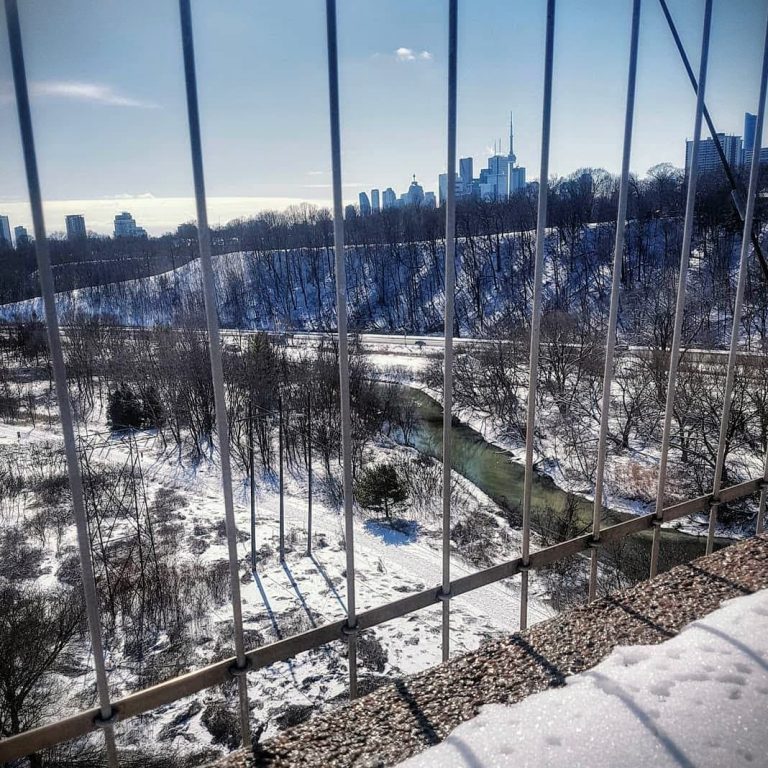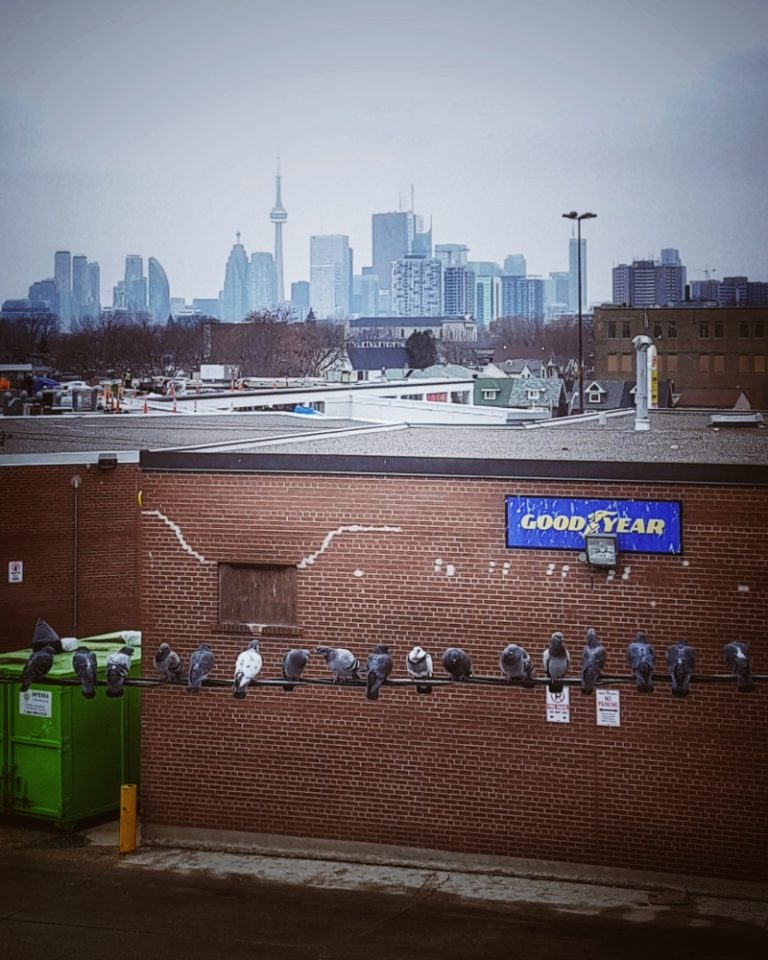Toronto Income Property Newsletter: September 2011
As we head into the Labour Day weekend, many of us are saying good-bye to summer and are getting ready to get back into our full-time grooves. There have been very few decent duplexes or triplexes over the past month, so I look forward to the new inventory that will hit the market in the next few weeks. To all of you who have been patiently waiting with me, our time will come soon. How will the market be? Interest rates aren’t moving yet and there is talk of yet another recession in the U.S., yet our local real estate market continues to thrive. Resale condos are still strong and I am still encountering multiple offers on a regular basis. All this will make for a challenging fall season for plexes, but we’ll be out there jumping on the best ones as they come up.
*
I am pleased to announce a small change to the Plex website. Up until now our “featured properties” section would list several income properties that were available for sale in and around the GTA. I would select several of the better properties that I had been through that I liked. Quite often these properties would sell very quickly so the information would become outdated very quickly. I often would update the listings every two or three weeks, but many of the best properties were hitting the market and selling in between my updates.
After feedback from many of our clients, we have changed this section to reflect duplexes and triplexes that have recently sold. Each month I will pick a handful of sales from the prior month. You will now be able to get a sense of what the income market is doing based on some of the properties I select. I think it is very important that if you are in the market for an investment property that you stay on top of what other similar properties are trading for in your desired area. It is good too for existing landlords to stay on top of the market as well.
If any of you would like more detailed income property sales statistics covering larger areas or longer time frames, please send me an email to paul@plex.ca and I will happily send you a customized report. Naturally, for all of you who aren’t getting automatic daily updates of new income property listings as they hit the market, let me know and I will make sure that you get them right away.
*
With all the heavy rain that we have been getting, I have had many clients experience water in their basement. This problem can be compounded when your lower level is tenanted. Water can enter your basement for a number of reasons. The good news is that you can prevent or at least reduce the chance of this happening. Water in your basement is most likely to occur when there’s been a heavy rainfall, snow is melting or we’re experiencing a spring thaw.
Causes of basement flooding include:
• A leak in your home’s foundation, basement walls, or basement windows or door
• Poor lot drainage
• Failure of the weeping tile system (foundation drains)
• Overflowing eaves troughs
• Leaking/plugged downspouts
• A blocked connection between your home and the main sewer in the street
• A back-up of wastewater in the sewer system (or a combination of wastewater and rainwater from the sanitary or combined sewer system)• Failure of a sump pump (in some areas) used to pump weeping tile water
There are three types of sewers in Toronto. The sanitary sewer, which carries wastewater (sewage), is connected to your home’s plumbing (toilets, sinks, laundry, etc.) and leads to a sewage treatment plant. The storm sewer collects stormwater from catch basins (street drains), eaves troughs, weeping tiles (in many areas of the city) and carries these flows into nearby streams or Lake Ontario. In older parts of the city, stormwater and sewage are collected in the same pipe known as a combined sewer. During normal weather conditions, all the wastewater in the combined sewer is treated at the sewage treatment plant. However, in a heavy rainfall or spring thaw, the combined volume of stormwater and sewage may exceed the treatment plant’s capacity and some of the water may overflow untreated into a watercourse or the lake. Basement flooding may occur when the local sanitary or combined sewer receives more flow than it can carry. The overloaded sewer forces wastewater back through the sewer pipes where it will escape through floor drains or other low-lying plumbing fixtures in the basement.
The City of Toronto has taken steps to stop the overloading of the sewers and basement flooding. Action taken includes:
• A new by-law requiring homeowners to disconnect their home’s downspout from the City’s sewer system, where feasible.
• Basement Flooding Protection Subsidy Program— offered to help homeowners with costs to implement flood prevention measures or install devices (such as sump pumps and back-water valves).
• Work underway across the City to make improvements to local sewer systems and overland drainage.
• Regular inspection, cleaning and maintenance of the City’s sewer system.
• Water efficiency programs to reduce wastewater volumes. There are some simple steps you can take to reduce the likelihood of basement flooding. If the problem is persistent, further solutions are available.
• Check for and fix leaks in walls, floors, windows and foundations.
• Clear overflowing eaves troughs and downspouts of leaves and other debris preventing proper drainage.
• Disconnect your downspouts from the sewer system
• Make sure your disconnected downspouts are draining properly, ideally 1.8 meters (six feet) from your basement walls.
• Be sure the grading around your home drains water away from all exterior walls and does not impact neighbouring properties.
• Have a plumber/drain specialist inspect your home’s flood-proofing devices, such as back-water values, sump pumps, floor drains or caps, to ensure they’re working properly.
• Consider soft-surface landscaping that allows stormwater to soak into the ground rather than run directly into the local sewer systems (i.e. increased sodded areas, porous pavement).
• Be sure your flood insurance is up to date.
• Do not block the sewer connection by pouring grease down the drain or flushing objects down the toilet.
• Repair/replace damaged weeping tile systems.
In my experience, exterior damp proofing is the only long-term effective remedy for water penetration problems. There are temporary internal solutions but be weary of these quick fixes. It is always best to deal with the problem at its source and implement a permanent solution to draw water away from your perimeter walls.



